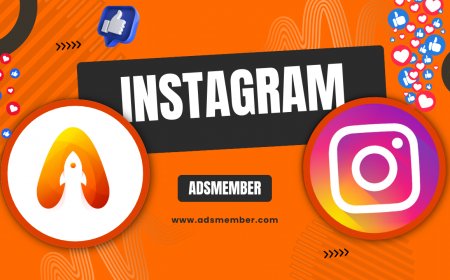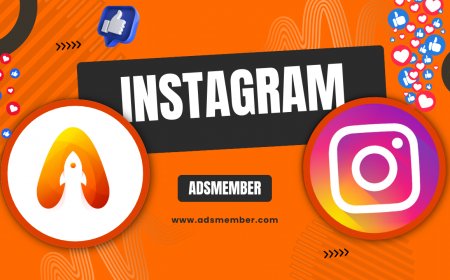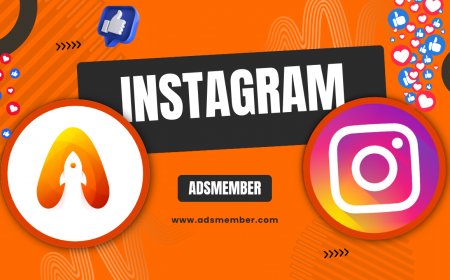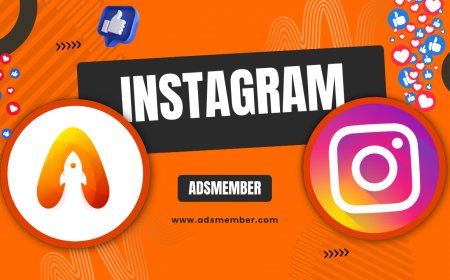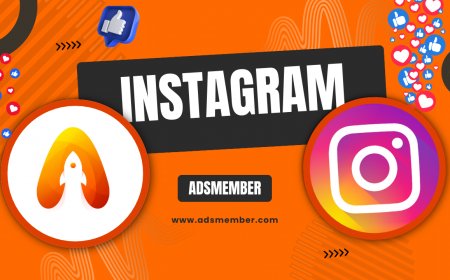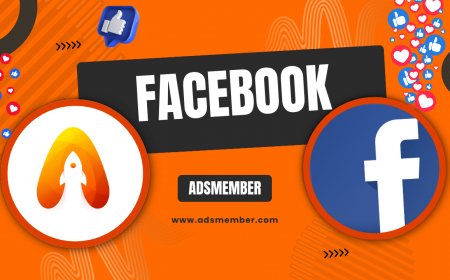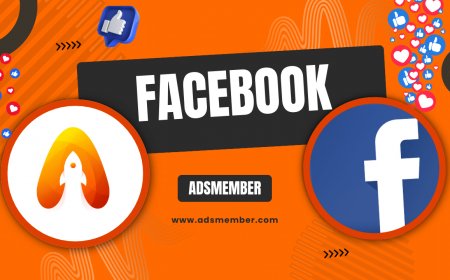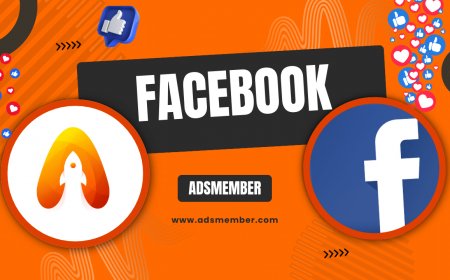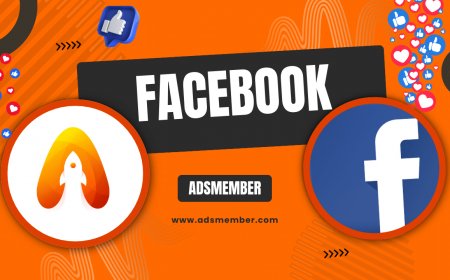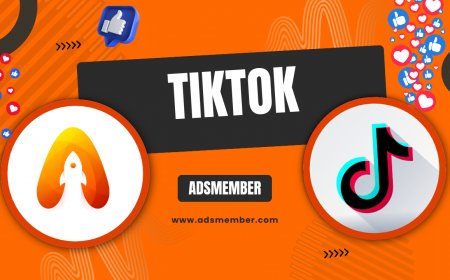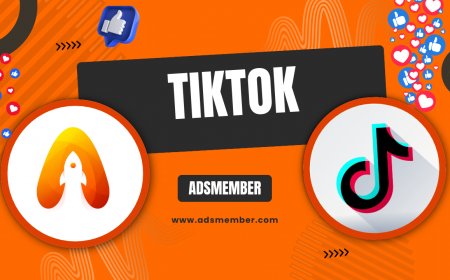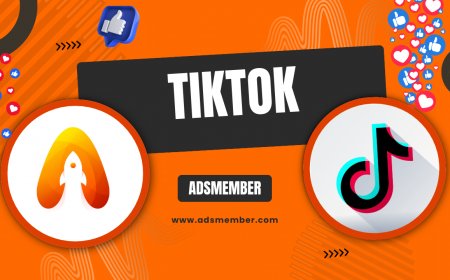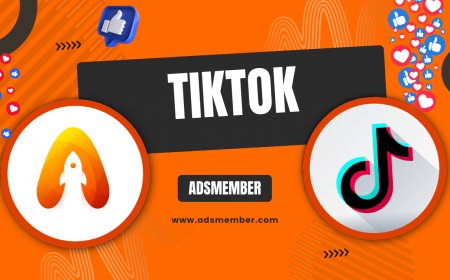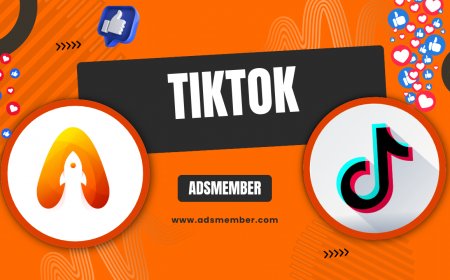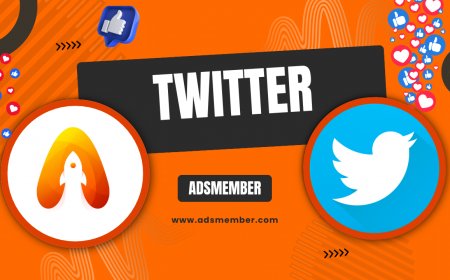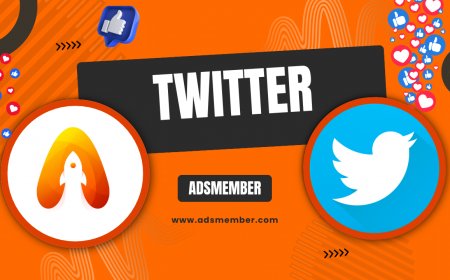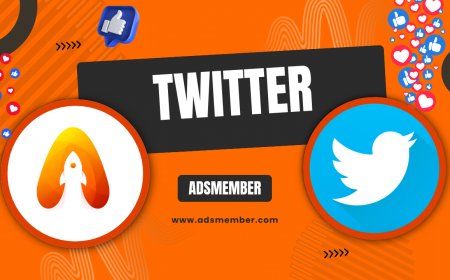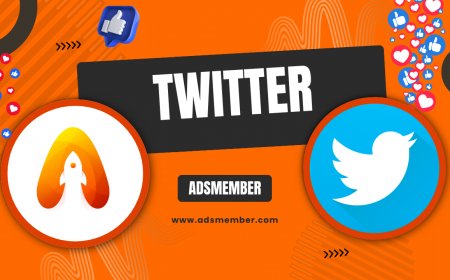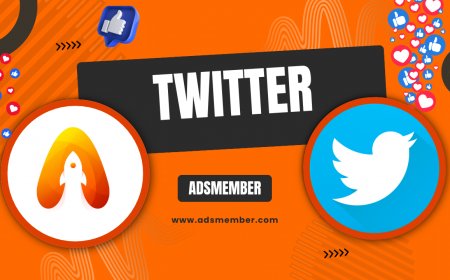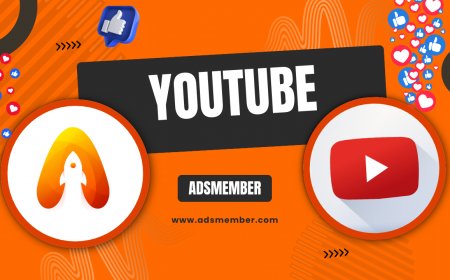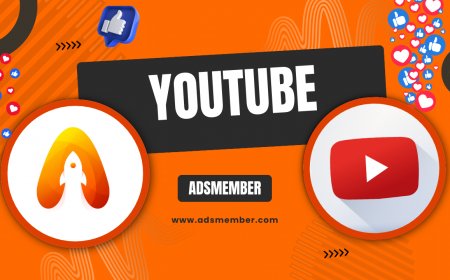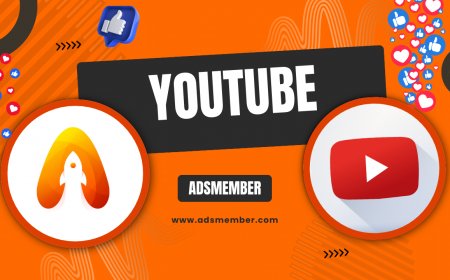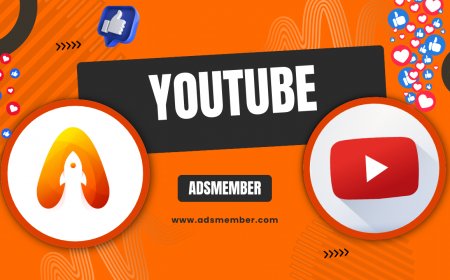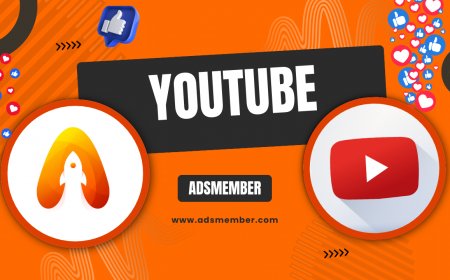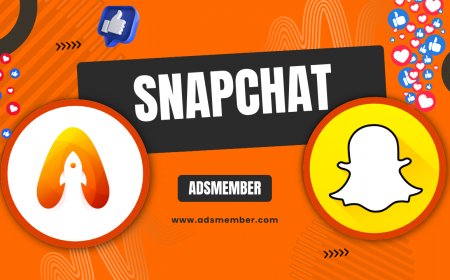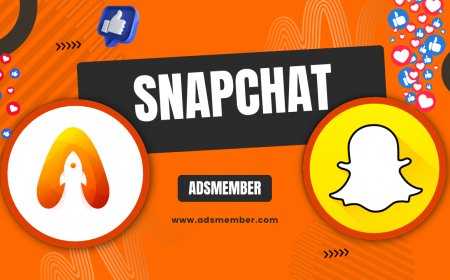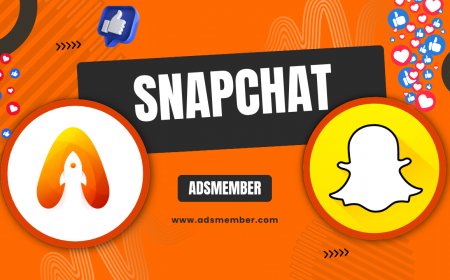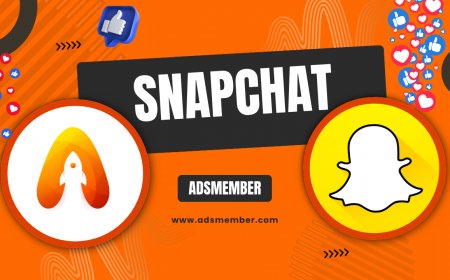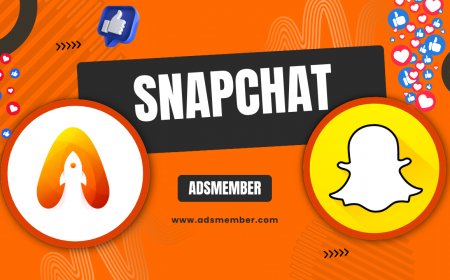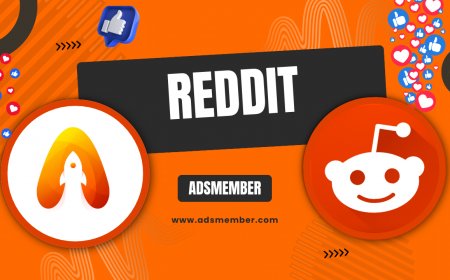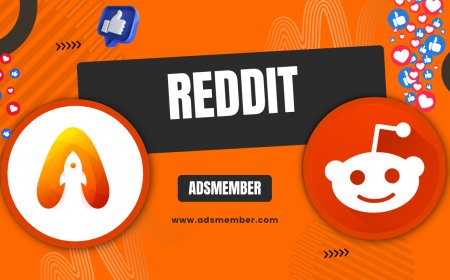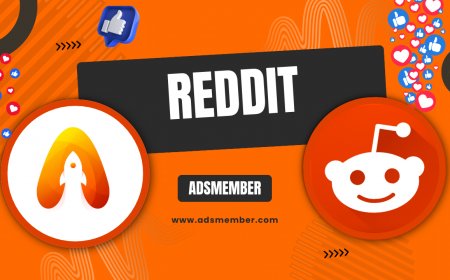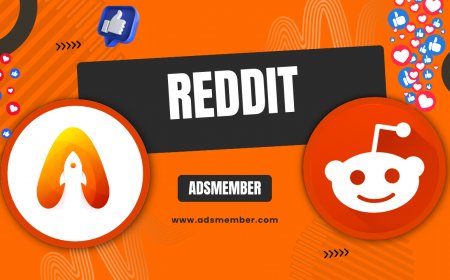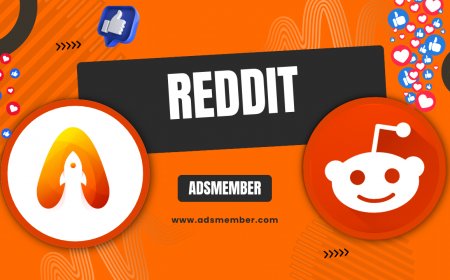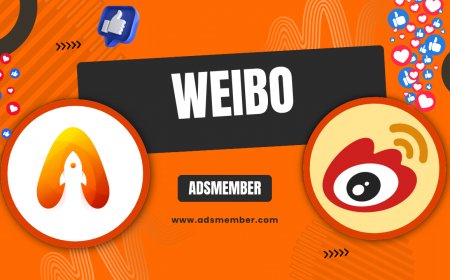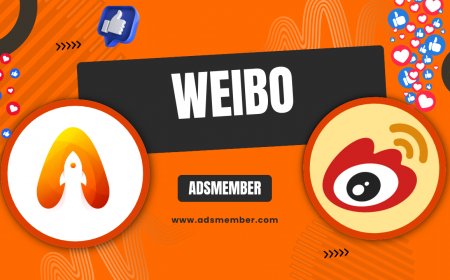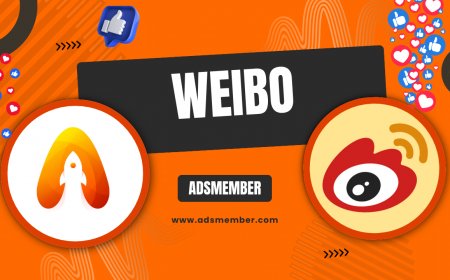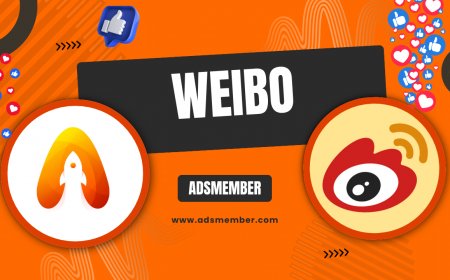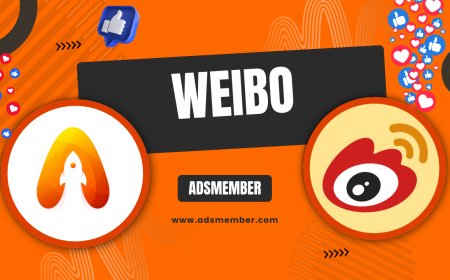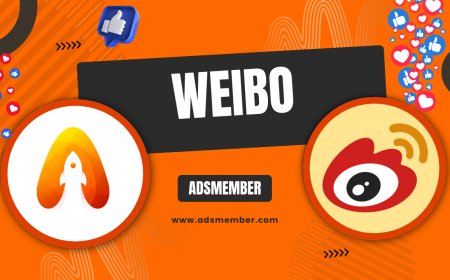What is Sina Weibo? Your Essential Guide
Discover what Sina Weibo is – China's leading microblogging platform akin to Twitter. Learn its history, features, user tips, and why it's crucial for global…
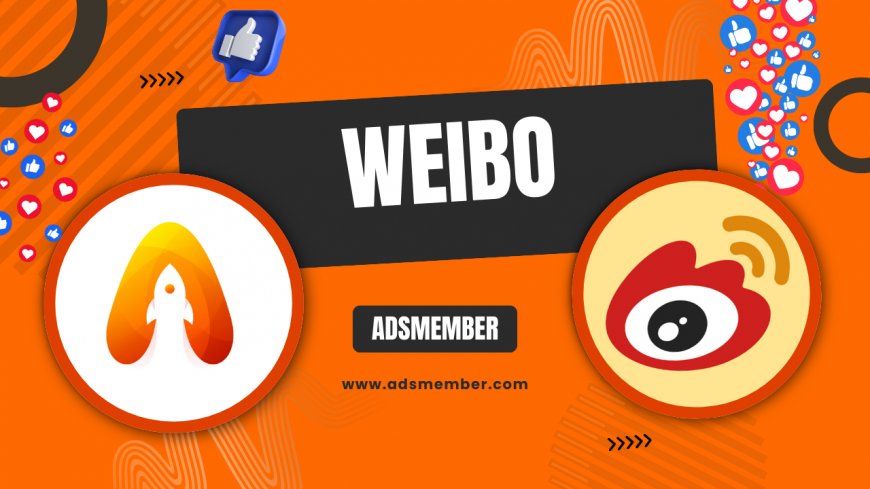
Hey there, if you've ever wondered 'Sina Weibo what is it?', you're in the right spot. As a seasoned SEO editor who's dabbled in various social platforms, I can tell you Sina Weibo is China's powerhouse microblogging site, often dubbed the 'Twitter of China'. Launched in 2009, it lets users post short messages, images, and videos, fostering real-time conversations. Honestly, it's fascinating how it blends social networking with news dissemination, especially under China's unique internet regulations. In this guide, I'll break it down step by step, sharing my personal takes and some insider tips you won't find everywhere.
The Origins and Evolution of Sina Weibo
Sina Weibo burst onto the scene in August 2009, created by Sina Corporation, a major Chinese tech firm. It filled a void left by blocked Western platforms like Twitter. From my experience, its rapid growth was fueled by celebrity endorsements and viral trends. By 2011, it had over 100 million users – impressive, right? Today, with over 500 million monthly active users, it's a cultural staple.
Key Milestones in Weibo's History
Let's dive deeper. In 2010, Weibo introduced verified accounts, boosting credibility. The 2013 IPO on NASDAQ was a game-changer, valuing it at billions. Post-2018, enhanced AI moderation tackled fake news, which I think was crucial for trust. A unique insight: during the 2020 pandemic, Weibo's live-streaming surged, with user engagement up 20% according to official reports.
How Regulations Shaped Weibo
China's Great Firewall means Weibo operates under strict censorship. Posts on sensitive topics get scrubbed fast. In my opinion, this creates a double-edged sword – it ensures 'harmonious' content but limits free expression. For businesses, navigating this requires cultural savvy; I've seen brands flop by ignoring local norms.
Core Features That Make Weibo Stand Out
What sets Weibo apart? It's not just microblogging; it's a multimedia hub. Users post 'weibos' up to 2,000 characters, way more than Twitter's limit. Add in polls, live videos, and e-commerce integrations – it's versatile. Personally, I love how it blends social with shopping, something Western platforms are still catching up on.
Posting and Interaction Basics
Getting started is simple. Sign up via email or phone (VPN needed outside China). To post: click the compose button, add text, media, hashtags. Engage by liking, commenting, or reposting. A tip not commonly shared: use Weibo's 'super topics' for niche communities – they boost visibility exponentially.
Advanced Tools for Power Users
For pros, Weibo Analytics offers metrics like impressions and engagement rates. Integrate with WeChat for cross-promotion. Here's a unique hack: leverage 'Weibo Coins' for promoted posts without full ads. In a case study I analyzed, a fashion brand gained 30% more followers by timing posts during peak hours (8-10 PM Beijing time).
Weibo vs. Other Social Platforms: A Comparison
Comparing Weibo to Twitter? Similar short-form content, but Weibo's ecosystem is richer with built-in e-commerce. Against WeChat, it's more public-facing. Honestly, if you're targeting China, Weibo's real-time buzz is unbeatable. Data from Statista shows Weibo's user base skews younger, with 60% under 30.
Unique Advantages Over Twitter
Weibo allows longer posts and better multimedia embedding. Plus, its algorithm favors viral content via hot searches. From my SEO lens, optimizing with keywords in posts can drive organic traffic – think internal links to your site.
| Feature | ||
|---|---|---|
| Character Limit | 2,000 | 280 |
| Monthly Users | 550M+ | 330M+ |
| E-commerce Integration | Yes | Limited |
| Censorship Level | High | Moderate |
Tips for Using Weibo Effectively
Want to thrive on Weibo? Start by verifying your account for authenticity. Post consistently, use trending hashtags. In my experience, collaborating with KOLs (Key Opinion Leaders) yields massive ROI – one campaign I followed tripled brand mentions.
SEO Strategies for Weibo
Treat Weibo like a search engine. Include keywords naturally in bios and posts. Link to your site with social media optimization tips. Unique tip: Embed Weibo feeds on your website for cross-traffic; it's underused but effective.
Marketing Case Study: A Success Story
Take Xiaomi's 2022 campaign: They used Weibo live-streams, garnering 10 million views. Analysis shows targeted ads plus user-generated content boosted sales 25%. External ref: Check Statista's Weibo stats for more data.
Is Sina Weibo Right for You?
Absolutely, if you're eyeing the Chinese market. It's essential for influencers, brands, or anyone curious about global social trends. But beware the language barrier – English content gets less traction. Pro tip: Use translation tools, but hire locals for authenticity.
What is the main difference between Sina Weibo and Twitter?
The core difference lies in scale and features: Weibo has a larger character limit and deeper e-commerce ties, while Twitter focuses on brevity. Plus, Weibo's under heavy censorship, shaping its content ecosystem uniquely.
How do I create a Sina Weibo account from outside China?
You'll need a VPN to bypass restrictions. Download the app, sign up with a phone number (international works), and verify via SMS. It's straightforward, but expect some hurdles with language.
Can businesses use Sina Weibo for marketing?
Yes, it's a goldmine. Set up a business account, run ads, and partner with influencers. From my view, ROI is high if you localize content – check official Weibo site for ad guidelines.
What are some common mistakes on Weibo?
Avoid ignoring censorship rules or posting irregularly. Don't spam; focus on value. A unique tip: Analyze competitors' hot topics before posting to ride trends effectively.
Is Sina Weibo free to use?
Basic features are free, but premium tools like advanced analytics or ads cost money. It's accessible, making it great for starters exploring Chinese social media.
What's Your Reaction?
 Like
0
Like
0
 Dislike
0
Dislike
0
 Love
0
Love
0
 Funny
0
Funny
0
 Angry
0
Angry
0
 Sad
0
Sad
0
 Wow
0
Wow
0
